Red Bordeaux blends, made from a combination of grape varieties such as Cabernet Sauvignon, Merlot, Cabernet Franc, and Petit Verdot, have long been considered some of the finest wines in the world. These wines are known for their complex flavours, ageing potential, and ability to pair well with a wide range of foods.
However, as the global wine industry has grown and evolved, many other regions and countries have sought to compete with Bordeaux by producing their own versions of red blends. Here's a look at some of the strategies that the global wine industry has employed to try to compete with Bordeaux:
-
Developing similar grape varieties: Many regions and countries have attempted to replicate the flavors and aromas of Bordeaux by planting similar grape varieties. For example, regions in California, Australia, and South Africa have all planted large amounts of Cabernet Sauvignon, Merlot, and Cabernet franc in an attempt to produce red blends that are similar to those from Bordeaux.
-
Emulating Bordeaux winemaking techniques: Some regions have attempted to replicate the flavours and aromas of Bordeaux by using similar winemaking techniques. This can include using oak barrels for ageing, using traditional Bordeaux-style fermentation vessels, and employing winemakers with experience in Bordeaux.
-
Creating new grape varieties: In an effort to produce unique and innovative red blends, some winemakers have created new grape varieties by crossing different grape varieties. For example, Zinfandel, which is widely grown in California, is thought to be a cross between Primitivo and a Croatian grape variety called Crljenak Kaštelanski.
-
Exploring alternative wine regions: Many wine lovers are always on the lookout for the next big thing, and as a result, some winemakers have sought to create red blends from lesser-known wine regions in an effort to differentiate themselves from Bordeaux. Regions such as Rioja in Spain and Tuscany in Italy have both gained popularity in recent years for their red blends.
Overall, the global wine industry has employed a variety of strategies to try to compete with Bordeaux and its red blends. From planting similar grape varieties and emulating Bordeaux winemaking techniques to creating new grape varieties and exploring alternative wine regions, there are many ways that winemakers are seeking to differentiate themselves from the famous French region. So, if you're a fan of Bordeaux red blends, be sure to keep an eye out for these alternative options – you may be surprised by what you find!


